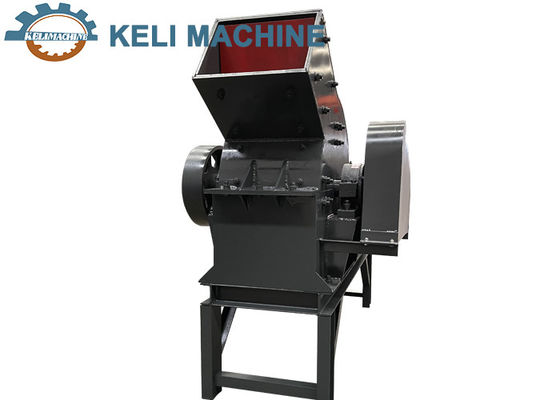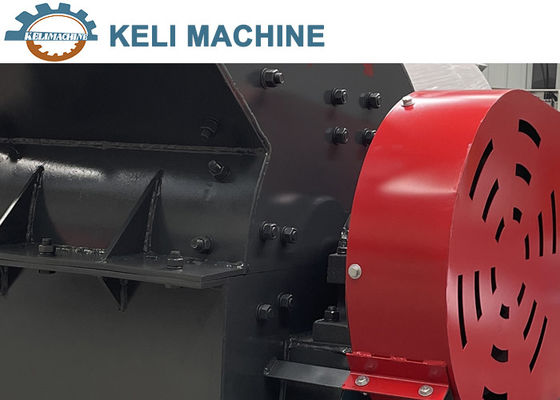Product Description:
The hammer crusher is composed of a hammer crushing case body, a rotor, a hammer head, a counter lining plate, a sieve plate and the like. The main working component is a rotor with a hammer(also known as a hammer). The rotor consists of a main shaft, a disc, a pin and a hammer.
The upper casing, lower casing, transmission member and sieve plate member also form part of the crushing mechanism.
The motor drives the rotor to rotate at high speed in the crushing chamber. The material is fed into the machine from the upper feed port, and is crushed by the impact, shearing and grinding action of the high-speed moving hammer.
In the lower part of the rotor, there is no sieve plate, and the size of the pulverized material smaller than the mesh size is discharged through the sieve plate, and the coarse-grained grade larger than the mesh size is retained on the sieve plate and continues to be struck and grounded by the hammer, and finally discharged through the sieve plate outside the machine.
This machine is mainly applicable to medium-sized crushing, coarse crushing, processing of coal, limestone, slag and various medium-hard ores and rocks in the fields of construction, electric power, chemistry, metallurgy, geology and other industries and industrial production units.
Product Parameters:
| Model |
PC300x200 |
| Feed particle size (mm) |
100 |
| Productivity(t/h) |
1-5 |
| Discharge particle size (mm) |
8 |
| Dimensions(mm) |
630*380*630 |
| Number of motor poles |
4 |
| Power(kw) |
5.5 |
| Machine weight(kg) |
200 |
Product Show:


 Your message must be between 20-3,000 characters!
Your message must be between 20-3,000 characters! Please check your E-mail!
Please check your E-mail!  Your message must be between 20-3,000 characters!
Your message must be between 20-3,000 characters! Please check your E-mail!
Please check your E-mail! 













